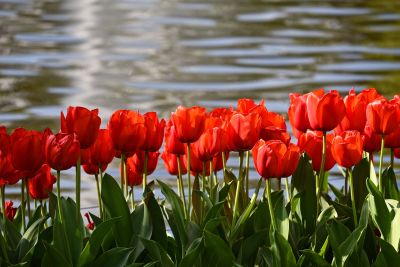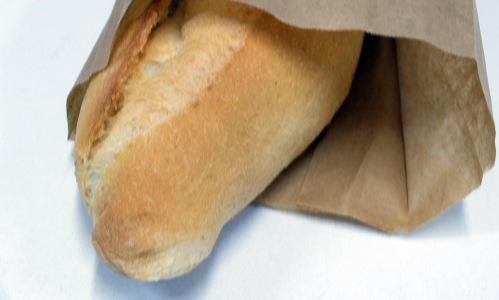The tulip, a bulbous plant, originated in Central Asia. The tulip, known to have been brought to Anatolia by the Turks, gained a second homeland in the Netherlands after Suleiman the Magnificent gifted tulip bulbs to the Dutch king. During the Ottoman era, the incorporation of tulip motifs in various fields, from architecture to literature, ceramics to fabrics, signifies the significant place of this flower in our culture. Mavlana Jalaluddin Rumi also mentioned the tulip in his work, the Masnawi.
Today, the Netherlands is the world leader in tulip cultivation. Every year, three billion tulip bulbs are planted for commercial purposes in the Netherlands, attracting millions of tourists to admire this beauty.
The fairy tale-like Keukenhof Gardens, located in the municipality of Lisse, just 35 km away from Amsterdam, are renowned worldwide. Also known as the “Garden of Europe,” Keukenhof hosted 1.5 million visitors last year. Spread across 32 hectares, Keukenhof is a vast park that accommodates over seven million flowering plants including tulips, daffodils, hyacinths, and crocuses. As the largest flower garden in the world, it welcomes visitors from March to May each year, which coincides with the tulip season and offers ideal weather conditions.
Amsterdam is a city known for its bicycles, with roads and traffic rules designed to accommodate cyclists. The Keukenhof Gardens can be easily reached by a half-hour car ride from Amsterdam, or you can opt for a bicycle or boat rental to explore the park from a different perspective. Within the gardens, there is a 15 km walking trail available for those who prefer to wander on foot. This fantastic place not only showcases an array of flowers but also features sculptures and decorative ponds. Due to the pandemic, visiting Keukenhof Gardens online is the only option available this year.




